Today in Aviation History: First Flight of the Convair YB-60
Vintage Aviation News
APRIL 18, 2025
It was powered by eight Pratt & Whitney J57-P-3 turbojet engines, each producing 8,700 pounds of thrust. Armed with two 20mm cannons in the tail and capable of carrying up to 72,000 pounds of bombs, the YB-60 had formidable firepower. The aircraft boasted a combat range of 2,920 miles and a service ceiling of 53,300 feet.

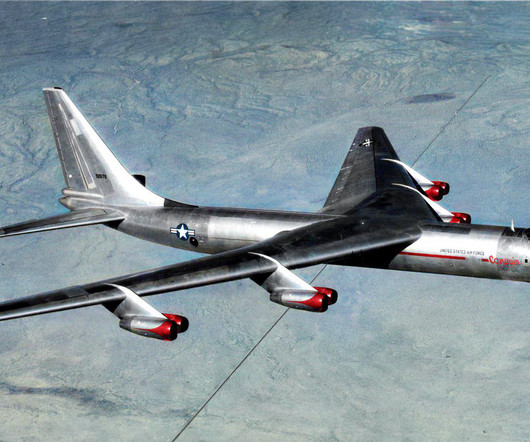
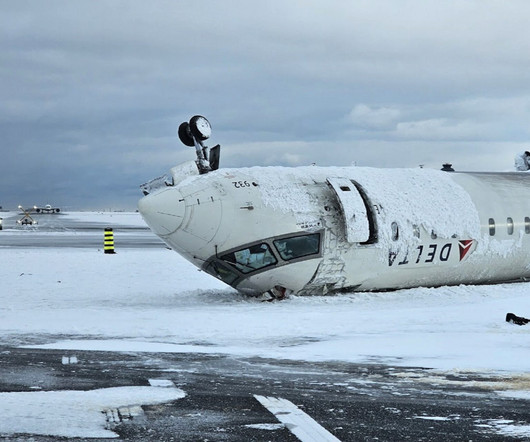

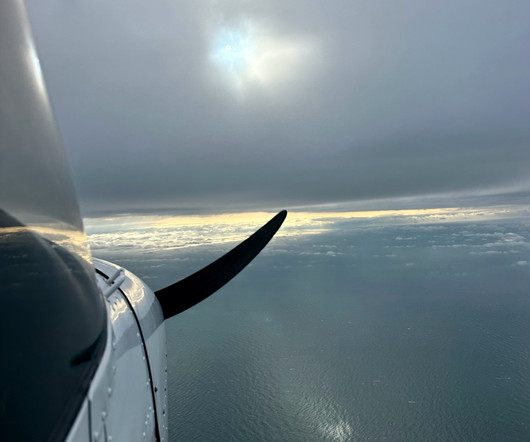

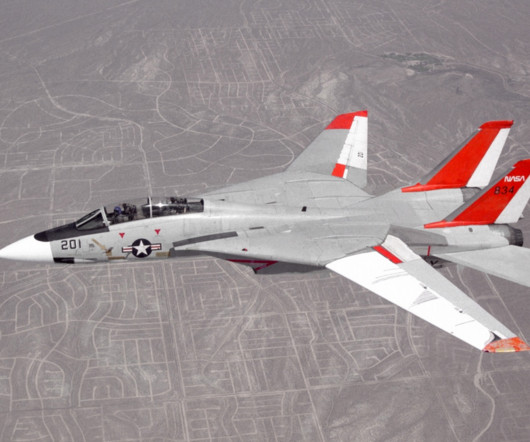
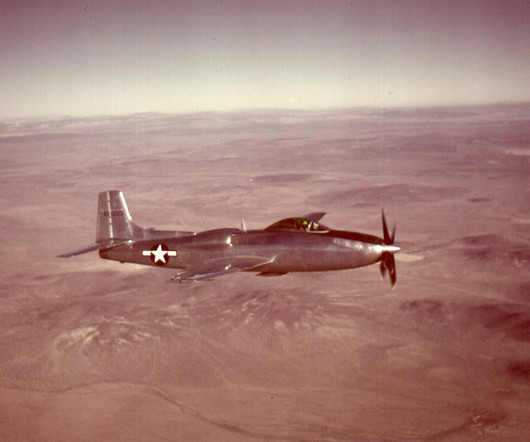
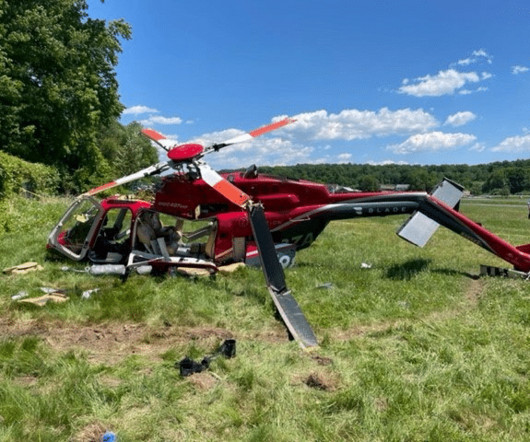




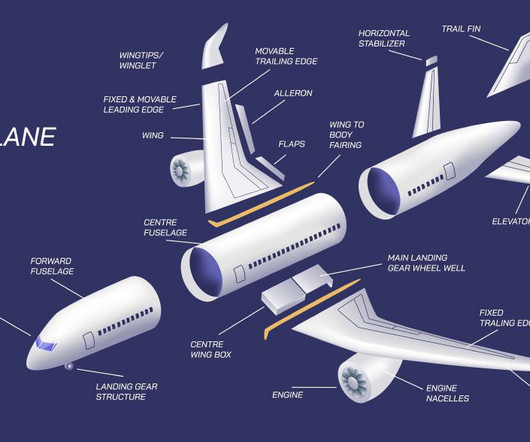


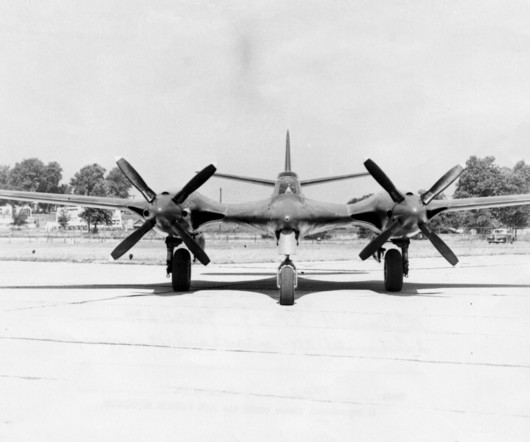


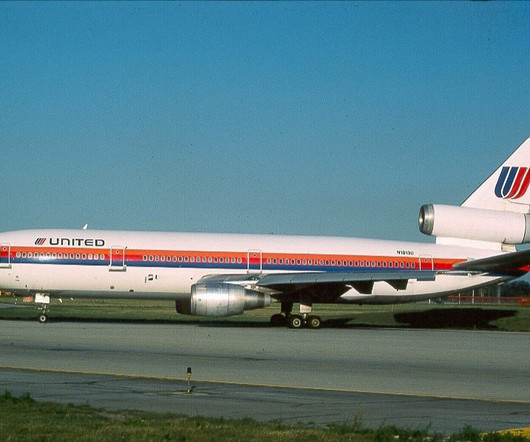
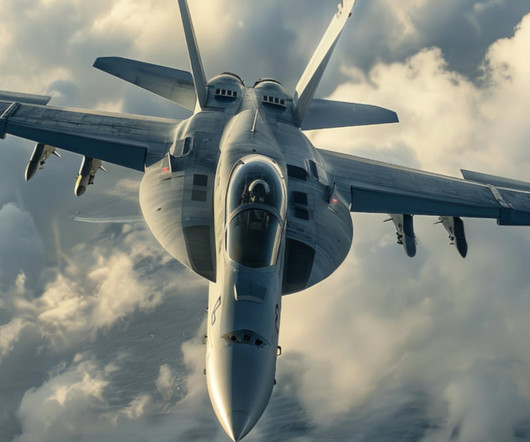
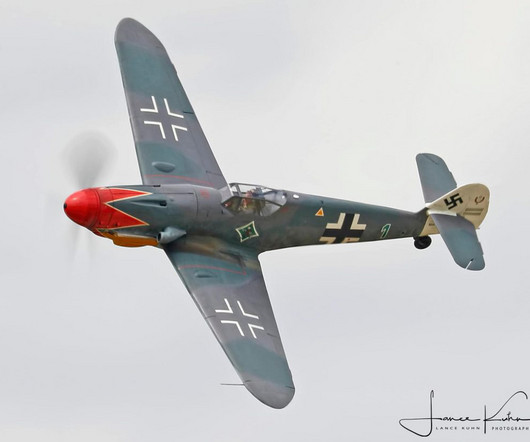

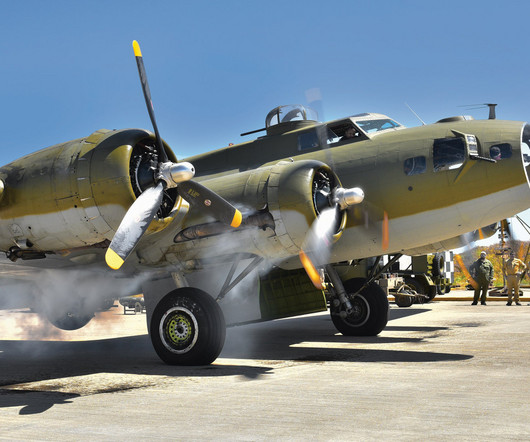


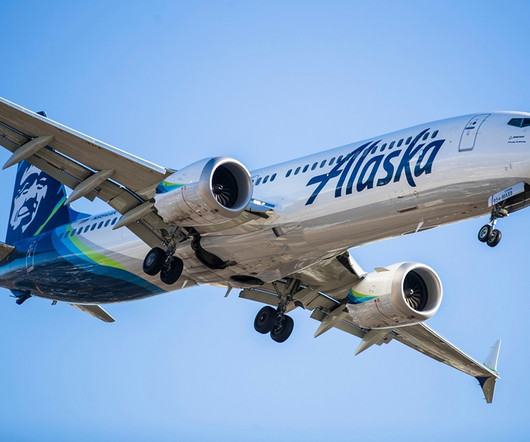
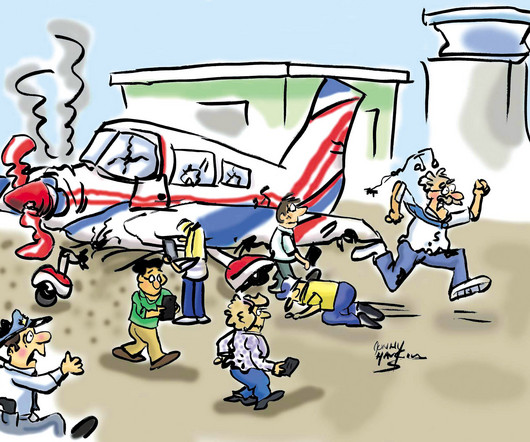






Let's personalize your content